In Waiting for Your Cat to Bark, customer experience specialists Bryan and Jeffrey Eisenberg break down consumers into four different buyer types — based on whether their buying decisions are made slowly or quickly, logic-based or emotion-based.
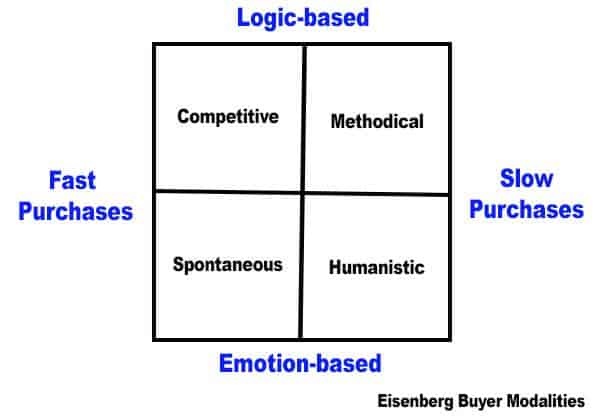
Why these buying types matter:
- Your users probably skew towards specific buying types based on the products you sell
- Different features appeal to specific buying types
- Different types of purchases can change a person’s shopping behaviors
- Users coming from a particular marketing channel may have specific buying behavior based on that channel
Understanding how different buyers are drawn to and interact with your site and marketing channels can make a big positive impact on your ad spend and conversion rate.
For instance, we’ll explain how we increased a client’s conversion rate by 9% by implementing a landing page targeting competitive and spontaneous shoppers.
What follows is an explanation of the buying types and the best practices we’ve developed for our own clients around them. We’ll end with a detailed example of how understanding these buying types helps us serve our clients.
Note: Want insights into your ideal customers? We can help. Contact us here.
The Four Buying Types and Features That Appeal to Them
Competitive shoppers (logical, fast) seek control over their decisions through knowledge. They are task and goal oriented. In order to make the best use of their time, they seek an efficient way to make fast, informed decisions, such as why a product or brand is better than the competition.
Features that appeal to competitive shoppers include: product or competition comparison charts, list of credentials and trust seals.
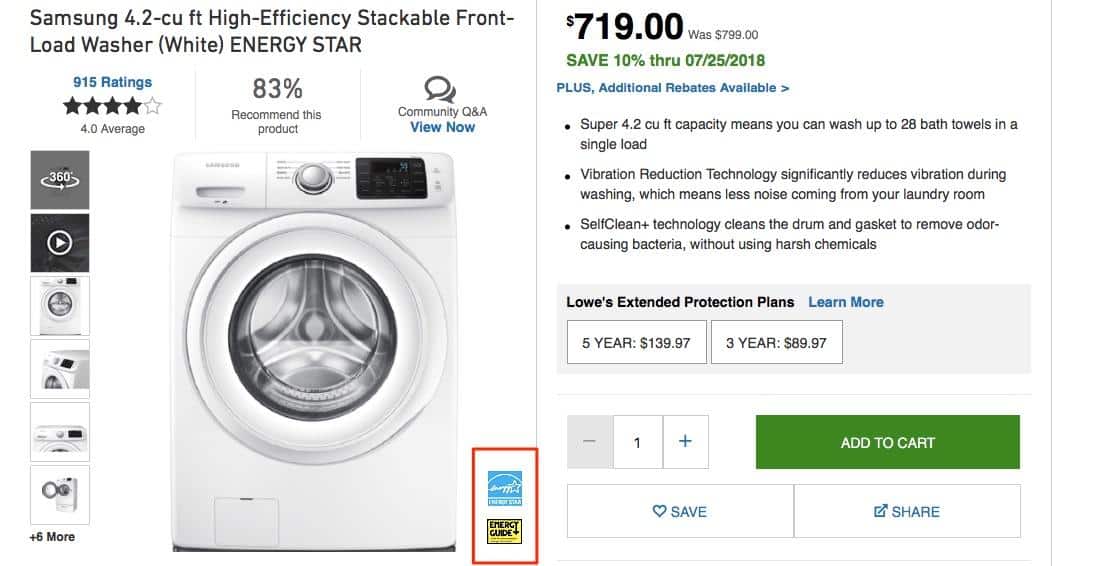
Methodical shoppers (logical, slow) want as much information as they can get before making a decision. They will take more time to become as knowledgeable as possible before a purchase.
Methodical shoppers look for warranty information, return and shipping policies, product specs, and FAQs.
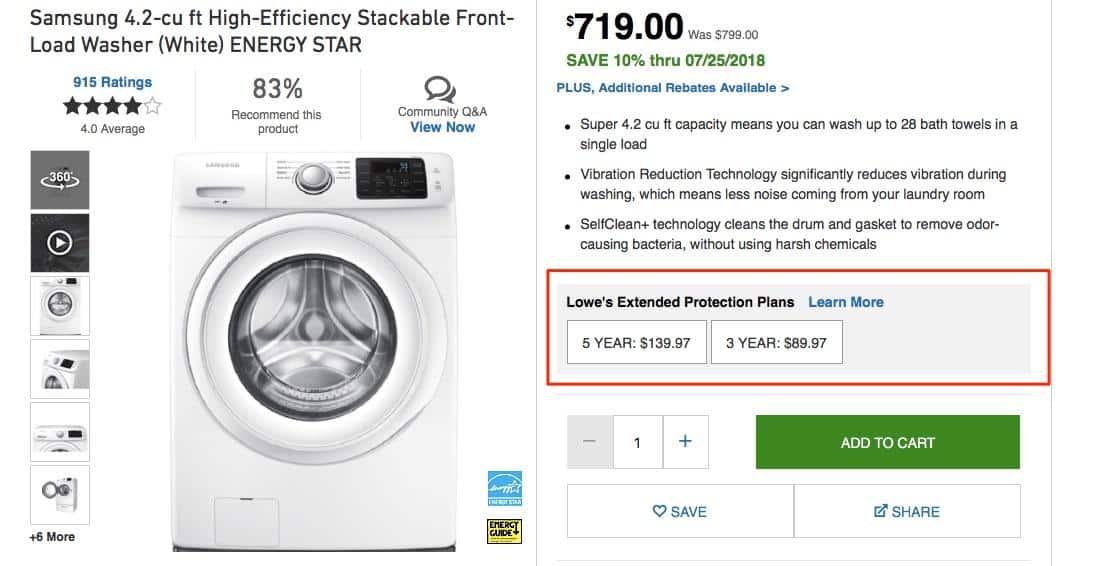
Spontaneous shoppers (emotional, fast) make quick, in-the-moment decisions. They’re looking for solutions that solve a pressing or immediate need or desire and are drawn to personal touches.
Spontaneous shoppers appreciate product filters, an expedited check-out process, and scarcity offers, such as limited time deals.
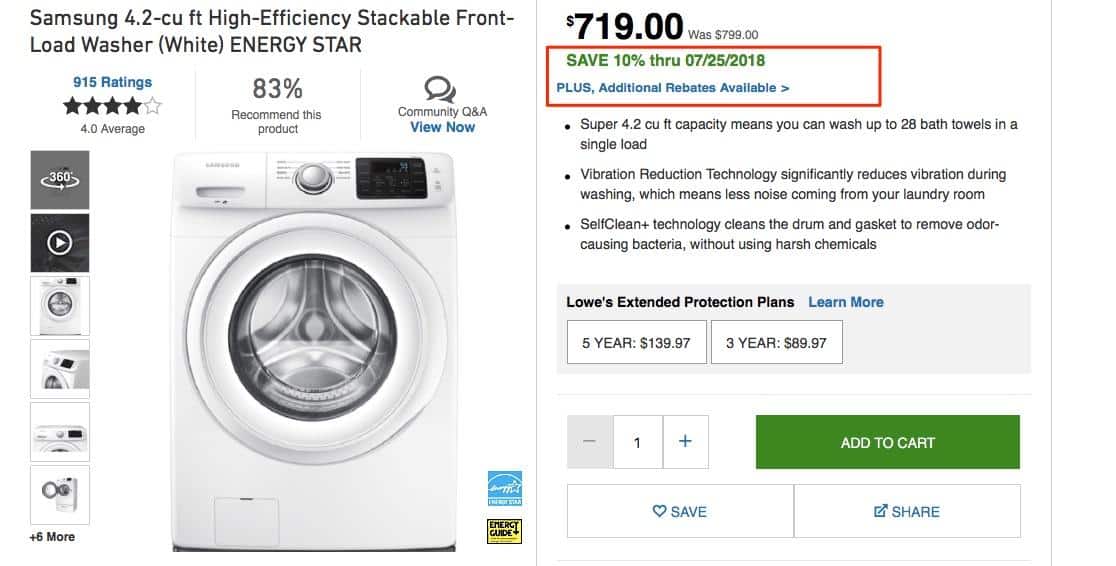
Humanistic shoppers (emotional, slow) value the perspective of others — especially friends and family. They also care about and want to understand the company they’re buying from. Humanistic shoppers are often slow to reach a decision.
Humanistic shoppers look for product reviews, social sharing tools, site copy about company values, and brand messages they can relate to.
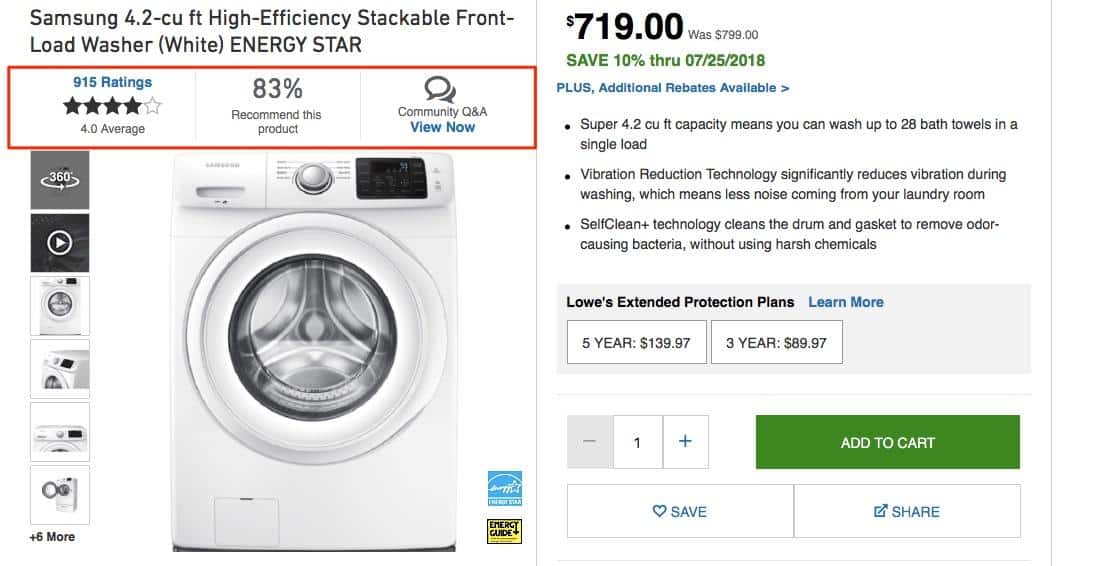
Do you recognize your customers in the descriptions above? If you don’t, or if you have a mix of all four, don’t worry — our best practices are designed to help you learn which buying types to prioritize.
Best Practice #1: Prioritize Features That Will Appeal to Your Dominant Customer Types
The gist of this strategy is very simple: prioritize the features of your dominant customer type.
However, especially if you sell very different types of products, it may be difficult to figure out which buying type to prioritize. Consumers that tend to be spontaneous with smaller purchases can be much more competitive or methodical with bigger purchases, such as appliances or vehicles.
So which customers should you prioritize?
While we tend to take this on a case-by-case basis for our clients, in general we recommend prioritizing features that will appeal to the buying types making bigger purchases or the largest portion of your revenue.
If appliances are the biggest part of your revenue, you should consider features that appeal to competitive or methodical buyers.
When we begin working with new clients, we start here. We figure out their top customers, then we test features to appeal to them.
Best Practice #2: If You Don’t Know Which Kinds of Buyers You Have, Start Testing Features
You can get an idea of what kind of consumer is drawn to your site by looking at which features they most interact with. Do they often interact with social widgets or reviews? Your site probably appeals to humanistic shoppers.
But for static content, such as comparison charts and policy information, it’s hard to know if and when consumers are using them.
So start testing.
For instance, run an A/B test on product pages with and without comparison charts. If they positively impact site conversions, then more prominently display or try new features that target a competitive shopper, such as price matching.
When a specific customer type is drawn to your site (or specific products), prioritizing features for a different customer type may negatively impact your site. If your site appeals to spontaneous shoppers, then presenting too much information and too many options can lower conversions.
Note: We are experts at customizing eCommerce sites to optimize conversions. Contact us here.
Best Practice #3: Include Features for All Four
You don’t want to ignore any potential customer. Optimizing your site to cater to all four customer types means including features that each will be drawn to.
Best Practice #4: Global Approaches Work Best
Because different product categories can appeal to specific buying types, it may sound appealing to vary your features per category.
Consider a major home improvement store, such as Lowes or Home Depot. Many CRO specialists agree that an ideal solution would be product pages with robust feature sets for major purchases and prioritizing one-step buying processes for smaller purchases, like nails or cleaning supplies.
We see small examples of this kind of customization. One category page might offer different kinds of product information. However, in general, you see the same features: product comparisons, reviews, sale information, etc.
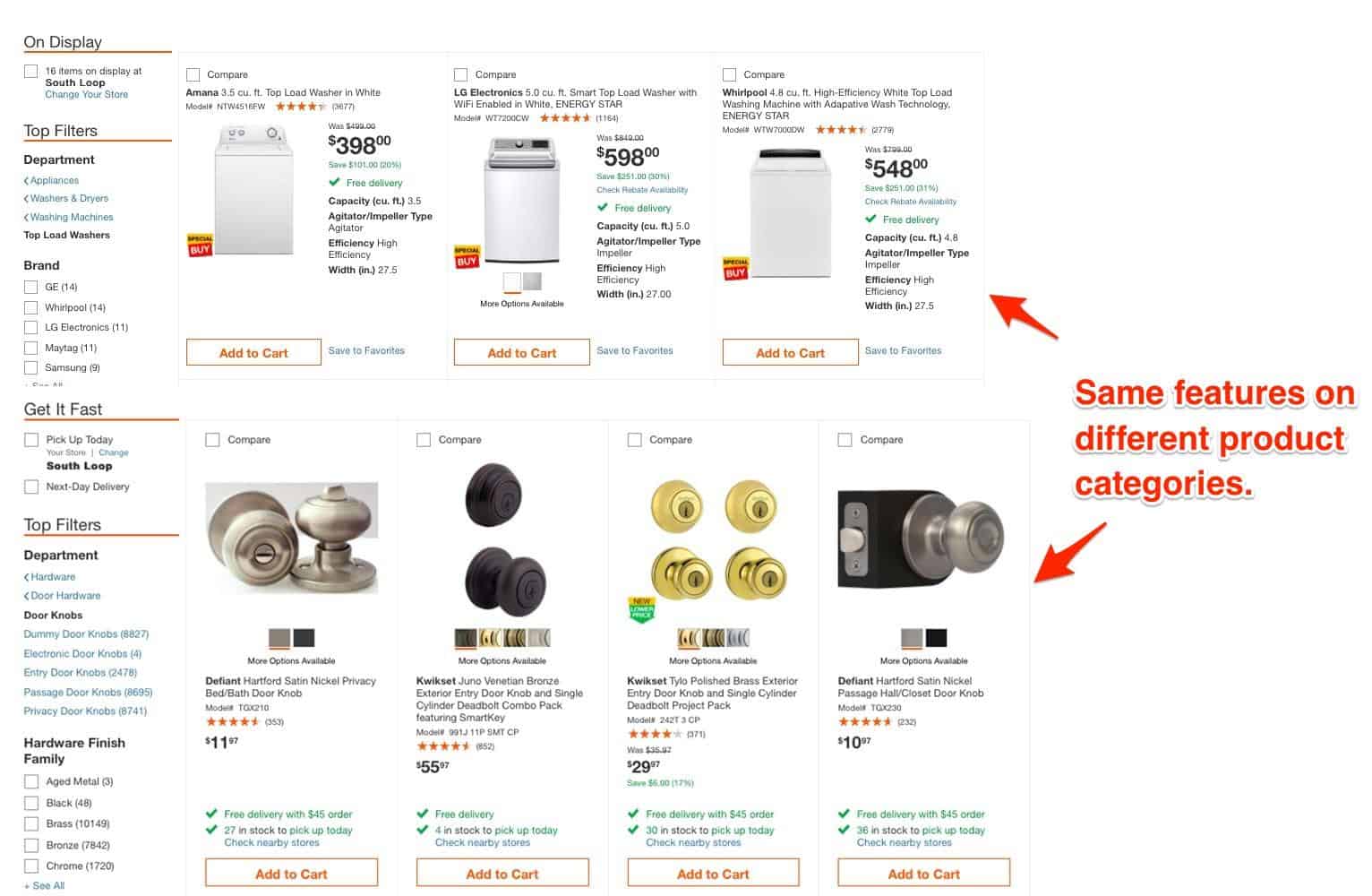
There are many reasons for this:
- Even if you could fine-tune product pages to this level, it would take up a considerable amount of company resources to set it up and manage it.
- Not only would it be expensive, it’s extremely difficult to do high levels of customization well.
- Most users value consistency. If one category offers reviews, they’ll expect to find them across the site.
With our clients, we’ve found that global changes test better than changes to specific products or categories.
However, an important exception to the global site rule is unique landing pages.
Buying Types in Action: Trust Badges on Paid Landing Pages
The four buying types don’t just interact differently with different eCommerce site features. They’re also more likely to find a site via paid or organic channels.
Paid ads will appeal to people looking for faster purchases: spontaneous and competitive shoppers. Alternatively, methodical and humanistic shoppers look for more information and will be drawn to organic listings.
You can take advantage of what kind of shopper is entering your site using a different landing page for users entering the site via paid ads — a tactic we’ve employed for many of our clients.
These landing pages should contain features more likely to appeal to paid users, such as trust seals.
Overall, using the right trust seal on an eCommerce site will improve its conversion rate. In our recent testing, when McAfee SECURE badges were displayed on our client’s sites, we saw anywhere from a 15.7% to a 76.2% lift in conversions.
In other tests, we’ve found that trust seals make more of an impact when consumers enter the site via a paid channel. Paid landing pages with trust badges positively impact conversions. On the other hand, landing pages with trust badges from an organic search might be neutral or even slightly negative.
Here are the results of a trust badge test for one of our clients. The first table shows the overall impact of adding a trust badge to the site, which shows a neutral result.

Once we looked at the results by channel, however, we see that the result for visitors who entered via a paid channel is extremely positive with a 9% lift in conversions.
In this case, we worked on a paid landing page to take advantage of the strong impact of trust on those users who tend to be more spontaneous and competitive.

The reason? Buying types.
Spontaneous and competitive shoppers — those most likely to click on a paid ad — react more positively to sites with trust badges since it’s a quick and easy way to legitimize a company.
An organic user, who tends to be more methodical or humanistic, is less impressed by a Norton or McAfee seal. They’re more likely to trust a company based on their “About Us” page or whether their friends follow a company via social media.
Buying types are just one way think about how to reach your unique customers. Every site works differently, which is why consistent testing and customer feedback is crucial.
Note: If you’re interested in developing a full conversion rate optimization strategy focused on your ideal buying types, we can help. Contact us here.




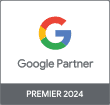
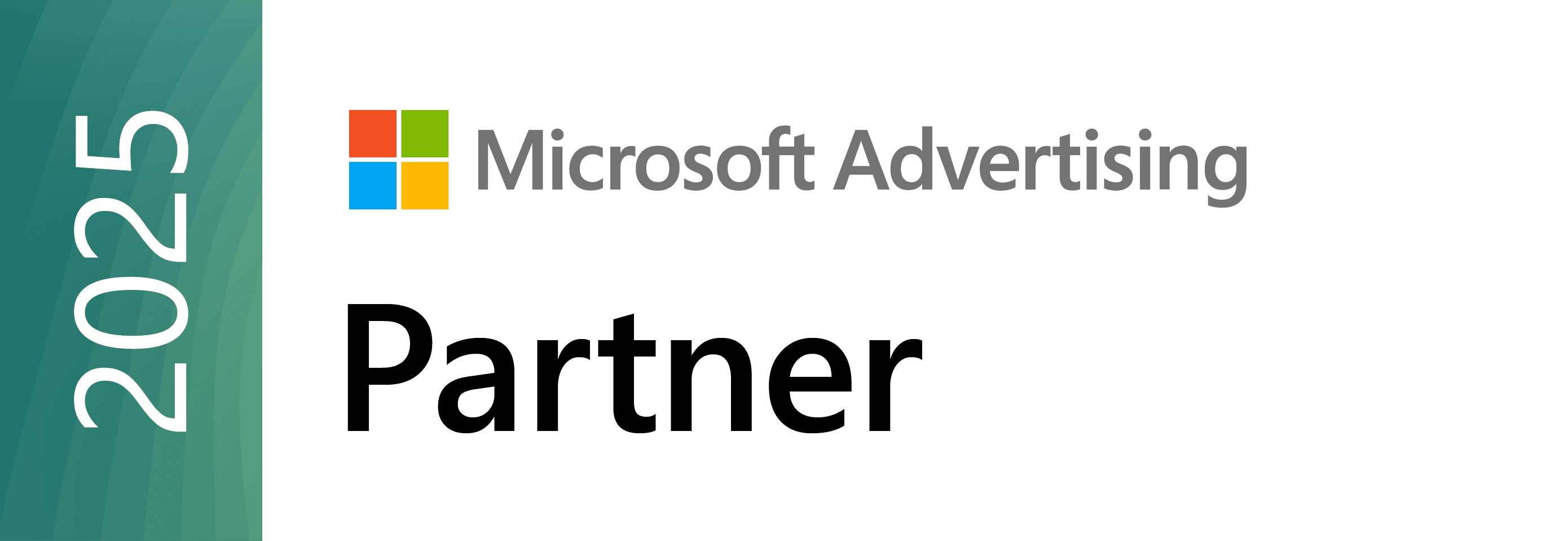





Thanks Devon?,for sharing these killer ideas. Trust score, after service, promotional activities all are in a chain in e-commerce business. A furnished website, great content and smart marketing should be key to generate more traffic and more sells. Understanding customer behavior by operating different test will give you required result I hope.